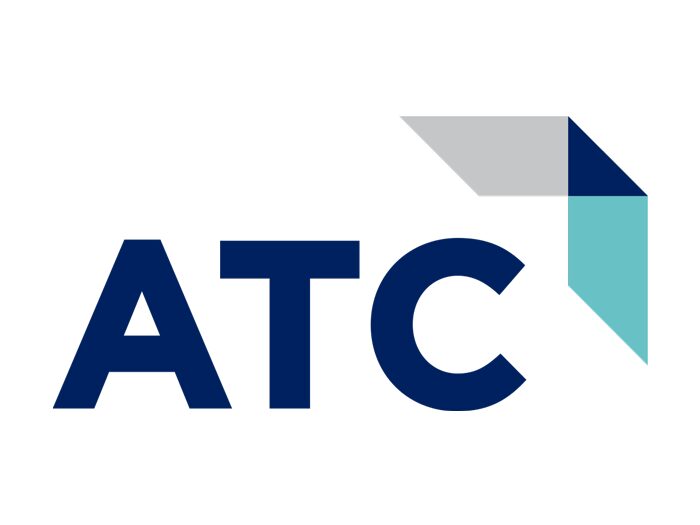
Leave Your Desk Phone In The Dust
Even if it doesn’t have one of those long spiral cords, your office phone may be a relic from the past. It’s not just that old phones often look dated; they are also a drag on your productivity and efficiency. Poor call quality, dropped connections and frustration for your staff and customers could be holding you back. The cure? Unified communications (UC), which have become the standard in the new hybrid workplace.
Here’s how UC can remove legacy system challenges and move your company forward.
What Is Unified Communications?
Unified communications do exactly that—unify multiple business communication channels like phone, team messaging, video and content sharing.
For decades, businesses used premise-based phone systems, also called private branch exchanges (PBX), to make and receive calls or send faxes. This type of system transmits analog signals through copper wires to establish the audio connection. Unified communications adapt to the evolving communications landscape where employees expect flexibility over a variety of channels.
So how does this all look in terms of hardware? UC products and services can be integrated with networks and systems, IT business applications and, in some cases, consumer applications and devices. Is it time for you to switch to UC for business?
Best Features of Unified Communications
Unified communications can maximize productivity, increase profitability and optimize interactions. Here are the top features that will help you achieve those benefits.
- Scalability. One great feature of UC systems is that you can add new users without adding to the physical infrastructure in your office. Your UC system will flex with you, whether your business is growing, shifting or downsizing.
- Ease of use. End users want technology that’s easy to use. In the end, you want your tech to fade into the background so that your team can do their best work. UC is noted for its intuitive design and accessibility.
- Improved collaboration. UC effortlessly fosters better collaboration with seamless meeting and file storage integration, which your team will appreciate. You’ll keep remote workers connected without having to scramble to look up a file while screen-sharing.
- Increased productivity. Unified communications offer the mobility that a hybrid workspace requires. Plus, UC has a range of applications and convenient features to help increase productivity. An added bonus: UC makes it easier for remote workers or multiple office sites to stay connected.
- Video conferencing. With a traditional phone system, your business is limited to desk phones to make and receive calls. With unified communications, remote employees can use mobile devices like smartphones, laptops and tablets to connect to your meetings with no loss of connectivity or call clarity.
- Meeting transcriptions. Many systems are moving toward real-time transcription services to eliminate the need for note-takers. That way, employees can stay focused and engaged in meetings instead of stressing about what was just said. This also boosts productivity by cutting down on miscommunication and circling back.
Make the Call
Ready to say goodbye to your old desk phone? You’ll save money and have far more features with a new unified communications solution. Especially with today’s increasingly mobile workforce, you need to facilitate seamless communication on all devices and networks. Switch your business to a unified communications to connect with increased productivity, higher profitability and greater connectivity.
Want to know more? Contact us today for a free consultation.










